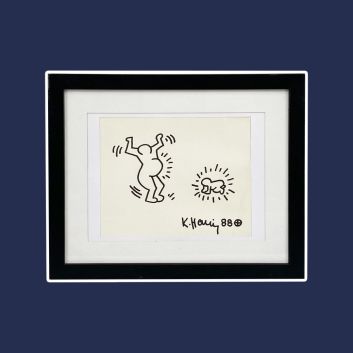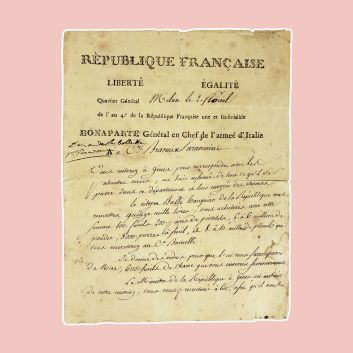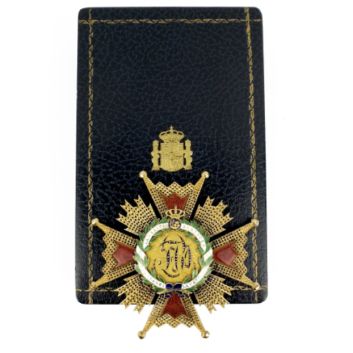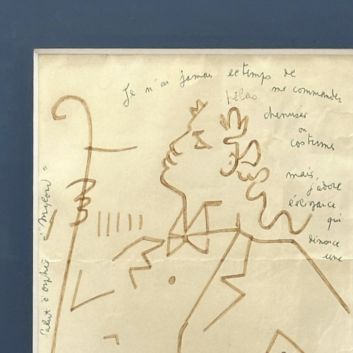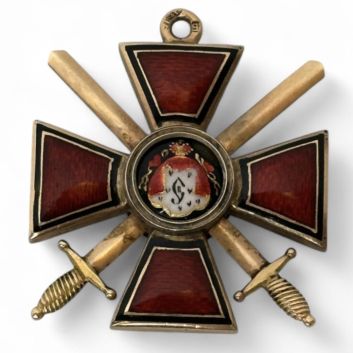Rating and value of manuscripts and handwritten letters
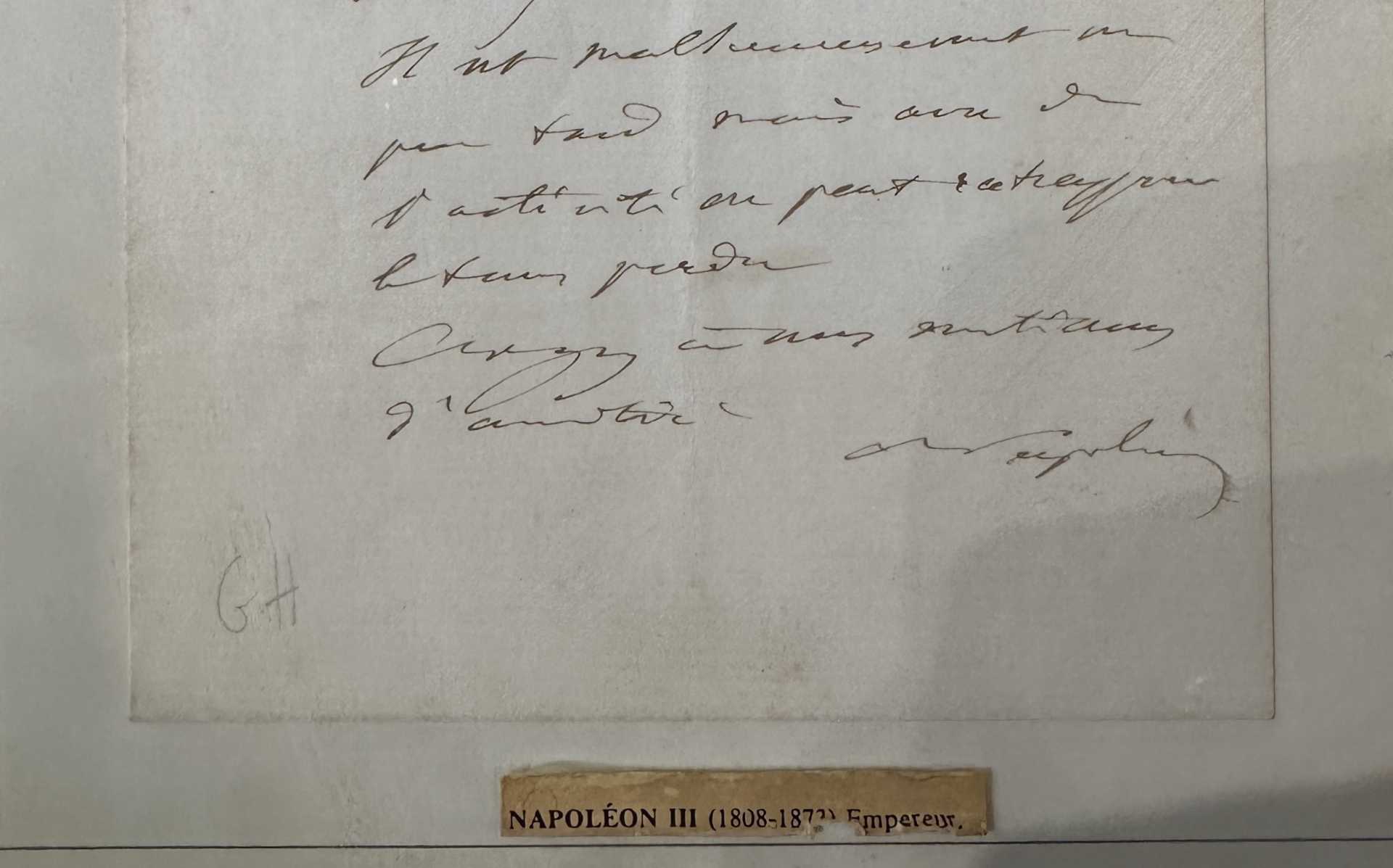
If you own one or more handwritten letters, or think you do, and would like to know its value, our state-approved experts and auctioneers can offer you their expert appraisal services.
Our specialists will carry out a free appraisal of your piece, and provide you with a precise estimate of its value on today's market.
Then, if you want to sell your property, we'll point you in the right direction to get the best possible price.
Rating and value of handwritten letters
Manuscripts or handwritten letters are historical objects that collectors are looking for. Today, the price of certain pieces continues to rise under the auctioneer's hammer.
Letters from certain writers or historical figures are particularly prized, especially by European buyers. In 2017, a handwritten letter from Napoleon I (Emperor) sold for €320,320, while it was estimated at between €60,000 and €80,000.
A few examples of the value of manuscripts of historical figures
Author | Results |
|---|---|
Letter from Jean Cocteau | From €40 to €2,400 |
Letter from Romain Gary | From €900 to €5,200 |
Letter from L.F. Céline | From €200 to €45,500 |
Letter from Napoleon I | From €500 to €320,300 |
Response in less than 24h
Defining a handwritten letter
A handwritten letter, or manuscript, is defined as a handwritten expression, constituting a unique object of great historical and artistic value.
The manuscript, whether a private correspondence or a more complex text, is a piece where every letter, every word, bears witness to the author's painstaking work.
Unlike mechanical printing, the particularity of manuscript lies in the impossibility of reproducing the handwriting gesture, which varies not only from writer to writer, but also from moment to moment.
The technical analysis of a manuscript is based on several elements: the writing itself, the tool used (pen, fountain pen, brush), the ink (often tannin- or carbon-based), and the support (paper, parchment, vellum).
Media such as parchment, made from animal skins, are generally more durable and suitable for long storage periods, while vellum, which is thinner, is often chosen for its ability to accommodate more delicate calligraphy.
The writing, generally calligraphic, follows strict conventions that vary according to period and region, with the use of cursive characters or more formal styles such as Gothic or uncial.
Manuscripts were sometimes decorated with colored miniatures and ornaments, enhancing their aesthetic and symbolic value.
The techniques used to produce a manuscript are based on ancient skills, both artistic and artisanal.
These require perfect mastery of the writing tool and ink control, to guarantee optimum legibility and quality of expression, while preserving the authenticity of the gesture.
Throughout history, manuscripts have also become instruments for transmitting knowledge, both spiritual and scientific, and represent a veritable living archive of the past.
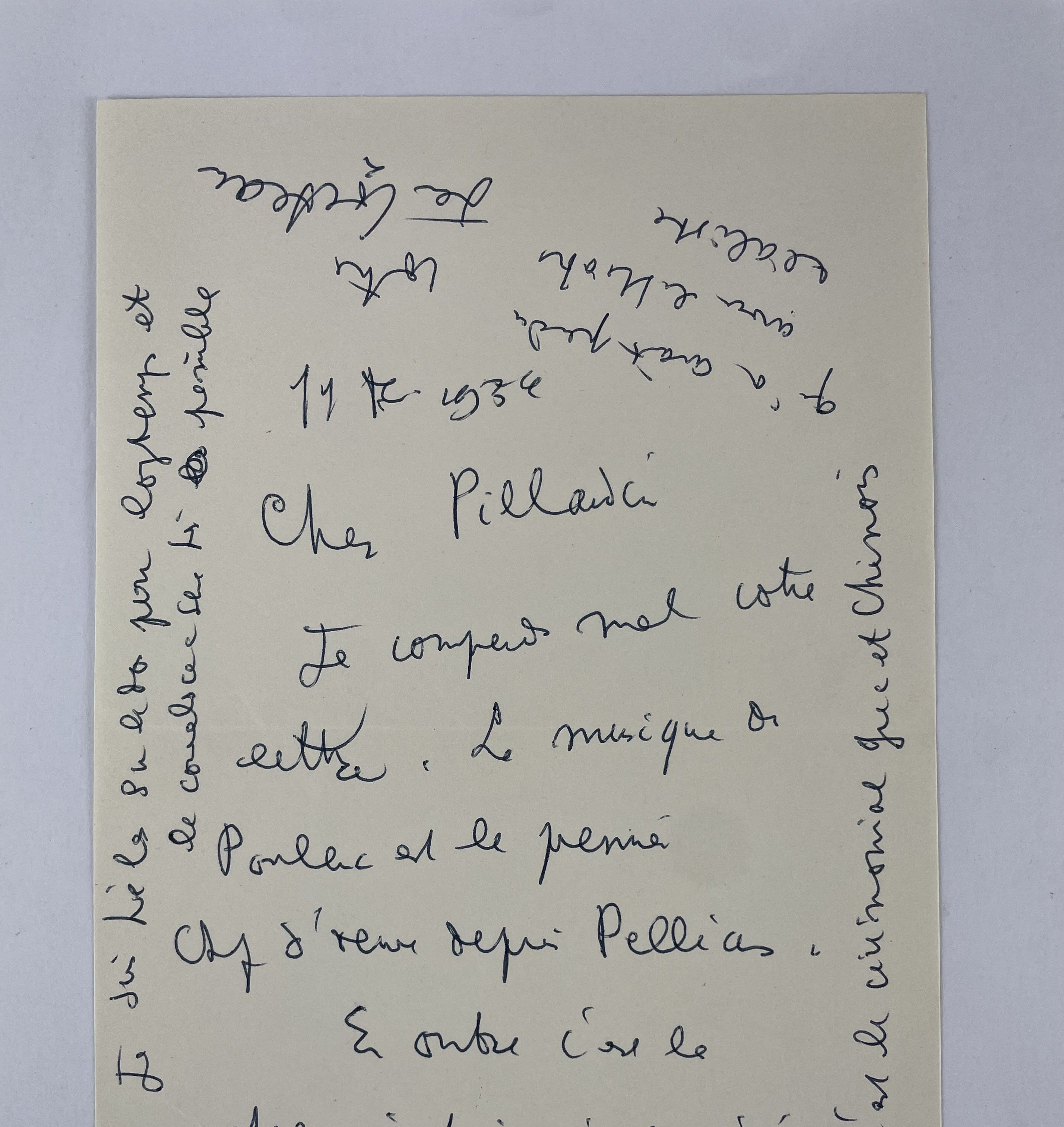
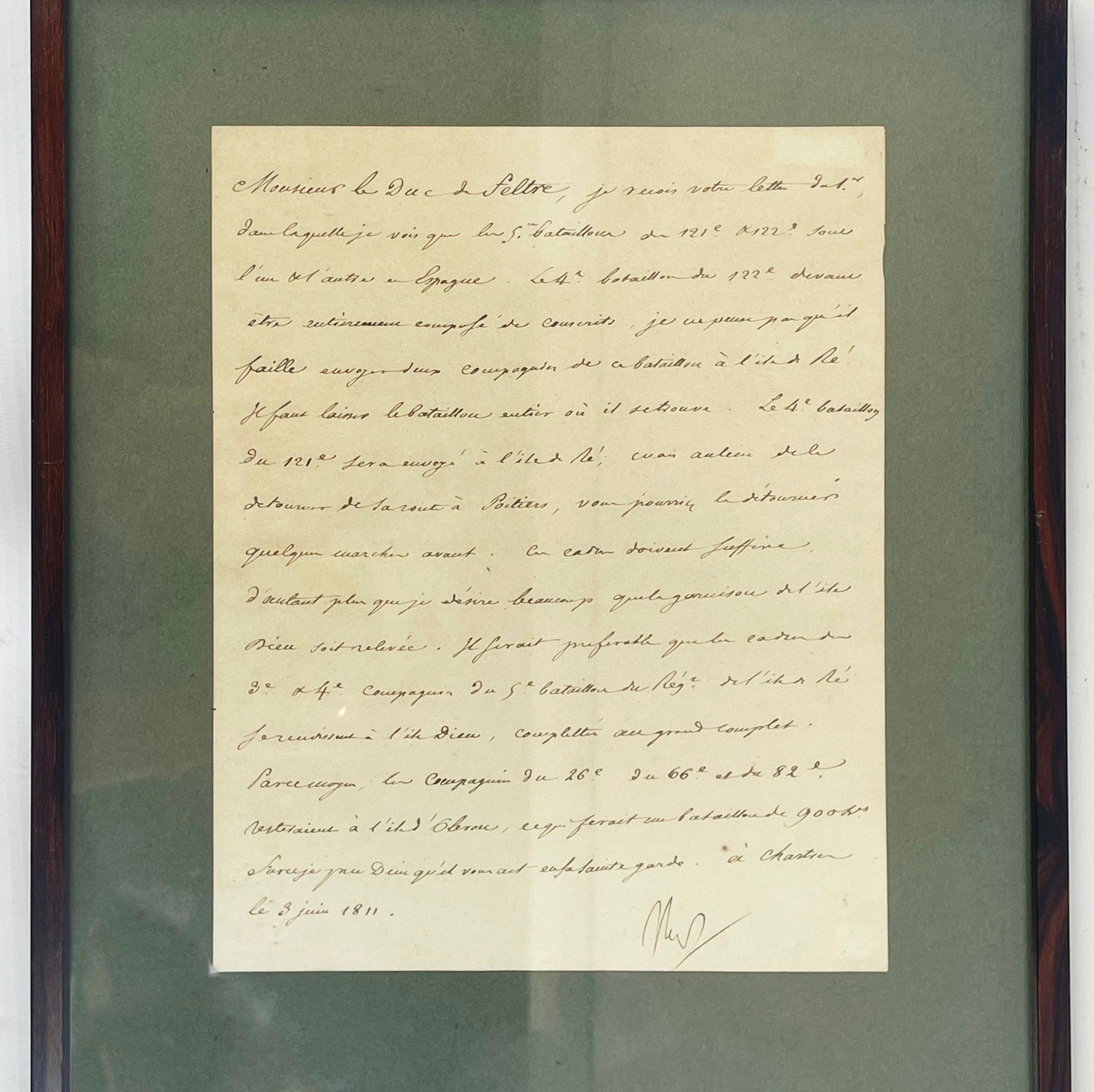
Focus on a manuscript by Henri Fantin-Latour
It's precisely at this point that the art of the manuscript reveals itself in its most precious form, steeped in history: a handwritten letter is not simply a written message, it's a materialization of its time, an intimate link between author and recipient.
The letter written by Henri Fantin-Latour in 1864 is a fascinating example of this dimension: the artist, known for his exquisite still lifes, reveals his analytical mind on the French art scene of the time.
In this letter, Fantin-Latour not only recounts events, but also reflects on the evolution of painting, its relationship with academic art, and his vision of the artist's role in society.
This manuscript, sent to a close friend, reflects a time when every word, every turn of phrase, carried a far greater weight of meaning than in modern communication.
It's not insignificant that this type of letter was, and remains, a mirror of the times: they bear witness to an era when handwriting embodied a form of reflection, a shaping of the author's identity, a means of connecting deeply with a chosen recipient.
In this sense, Fantin-Latour's letter becomes much more than a simple message: it represents a tipping point between the personal evolution of an artist and the history of art at a crucial moment.
The slow spread of these writings, as they passed through the hands of collectors and historians, shows the power of handwriting in its ability to convey the values of an era, ideas and feelings, far beyond what a simple letter might appear at first glance.
In short, each handwritten letter becomes a fragment of time, a kind of portrait of the soul that, once deciphered, reveals not only the contours of an artist's thought, but also the creative effervescence of his era.
The appeal and value of handwritten letters at auction
It's in this particular context that handwritten letters from great historical figures, whether writers, generals or political thinkers, are particularly popular at auction.
The interest in these rare documents is based on their ability to offer a direct and profound insight into the thoughts, ideals and emotions of their authors.
Beyond their sentimental value, these letters reveal intimate fragments of history, hitherto inaccessible details of crucial moments or personal relationships, often shedding new light on major historical events.
What's more, their rarity in a world where exchanges are now dominated by digital and dematerialized communication gives these writings a special aura.
They embody a form of authentic testimony, an act of transmission of a bygone era, now disappearing.
The importance of authenticity and provenance is also essential: experts scrupulously verify the origin of these documents, guaranteeing their legitimacy and reinforcing their value.
These letters become objects of desire and collectors' items, whose prices frequently soar at auction, consolidating their status as exceptional historical artifacts.
Just like ancient booksthe French military medals or Empire riflesletters and manuscripts are important historical souvenirs for collectors and enthusiasts alike.
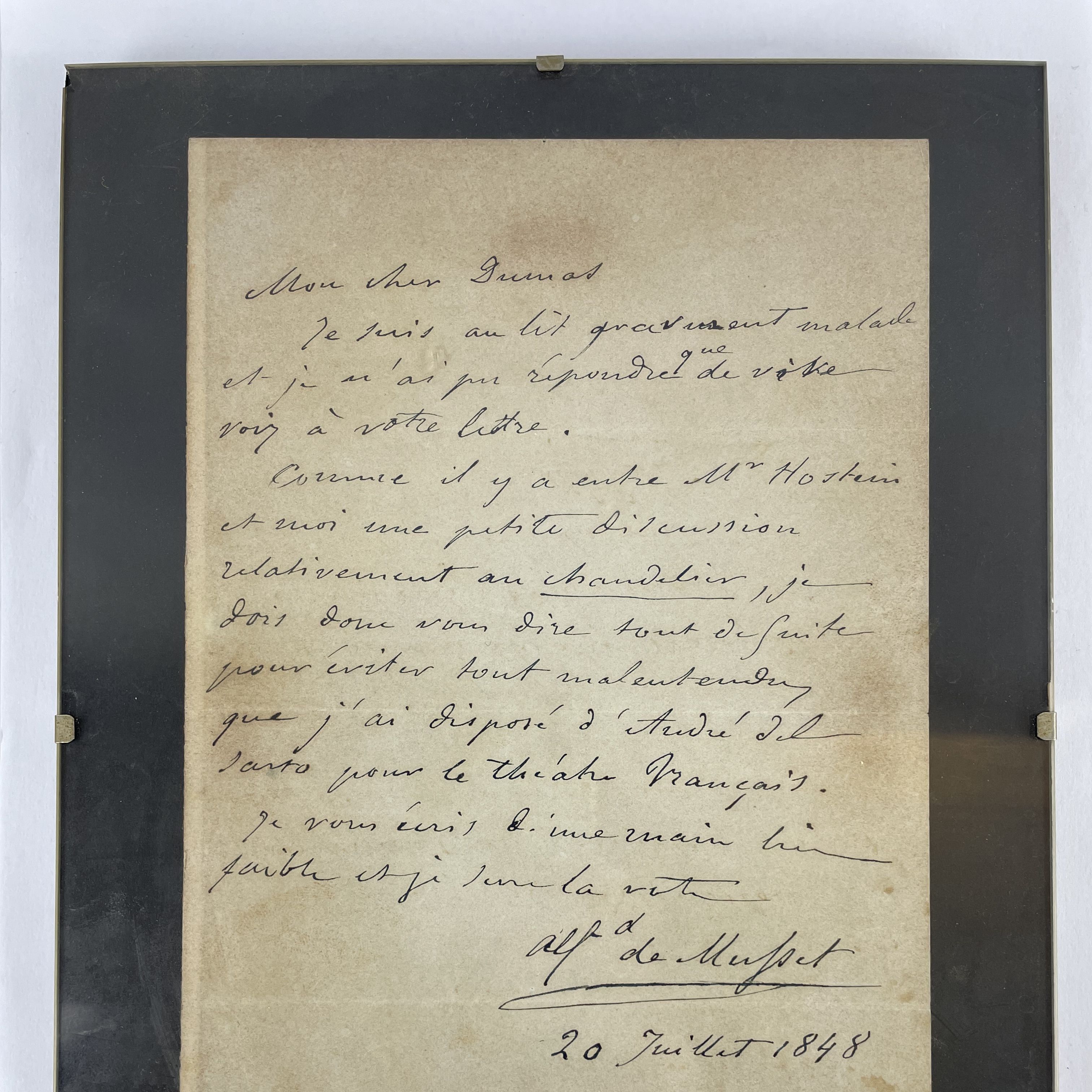
Focus on Napoleon's letter to Josephine, 1796
One of the most famous and fascinating handwritten letters is that written by Napoleon Bonaparte to Joséphine de Beauharnais, dated November 13, 1796, the day after the Italian campaign.
This document embodies both the personal passion and political ambition of a man who was to leave his mark on history. The letter, written in a feverish, exalted style, reveals a striking contrast between the hardness of the conquering general and the vulnerability of the distraught lover.
The words chosen, at once simple and searing - "Je ne vis plus, je ne respire plus, je ne pense qu'à toi" ("I no longer live, I no longer breathe, I can only think of you") - betray a rare, almost obsessive intensity, testifying to a fusional love that Napoleon struggled to suppress, even in the midst of a military campaign.
In addition to its deeply personal content, this letter also illustrates an era when handwriting was the primary means of communicating and expressing feelings.
Every curve of the letter, every shade of ink reflects the emotional state of the moment, making the document all the more alive.
The study of the ink and paper has corroborated the authenticity of this letter, valuable not only for its content but also as a historical artifact.
An often overlooked but fascinating detail surrounds the receipt of this letter. Josephine, known for her carefree nature and extramarital affairs, was not always receptive to these passionate declarations.
The story goes that, on the day this letter arrived, Joséphine was in the company of one of her admirers in her Paris townhouse.
Napoleon's emissary had to wait several hours before he could deliver the mail, reinforcing Napoleon's suspicions of his wife's infidelity.
This tension around their relationship became a recurring motif in their correspondence, marking a constant struggle between all-consuming love and corrosive jealousy.
Today, this letter is much more than a testimony of love: it crystallizes the contradictions of a man torn between military glory and a chaotic personal life.
Carefully preserved, it is one of the most sought-after manuscripts at auction, with some copies fetching several hundred thousand euros, confirming its place in the pantheon of historical and emotional artifacts.
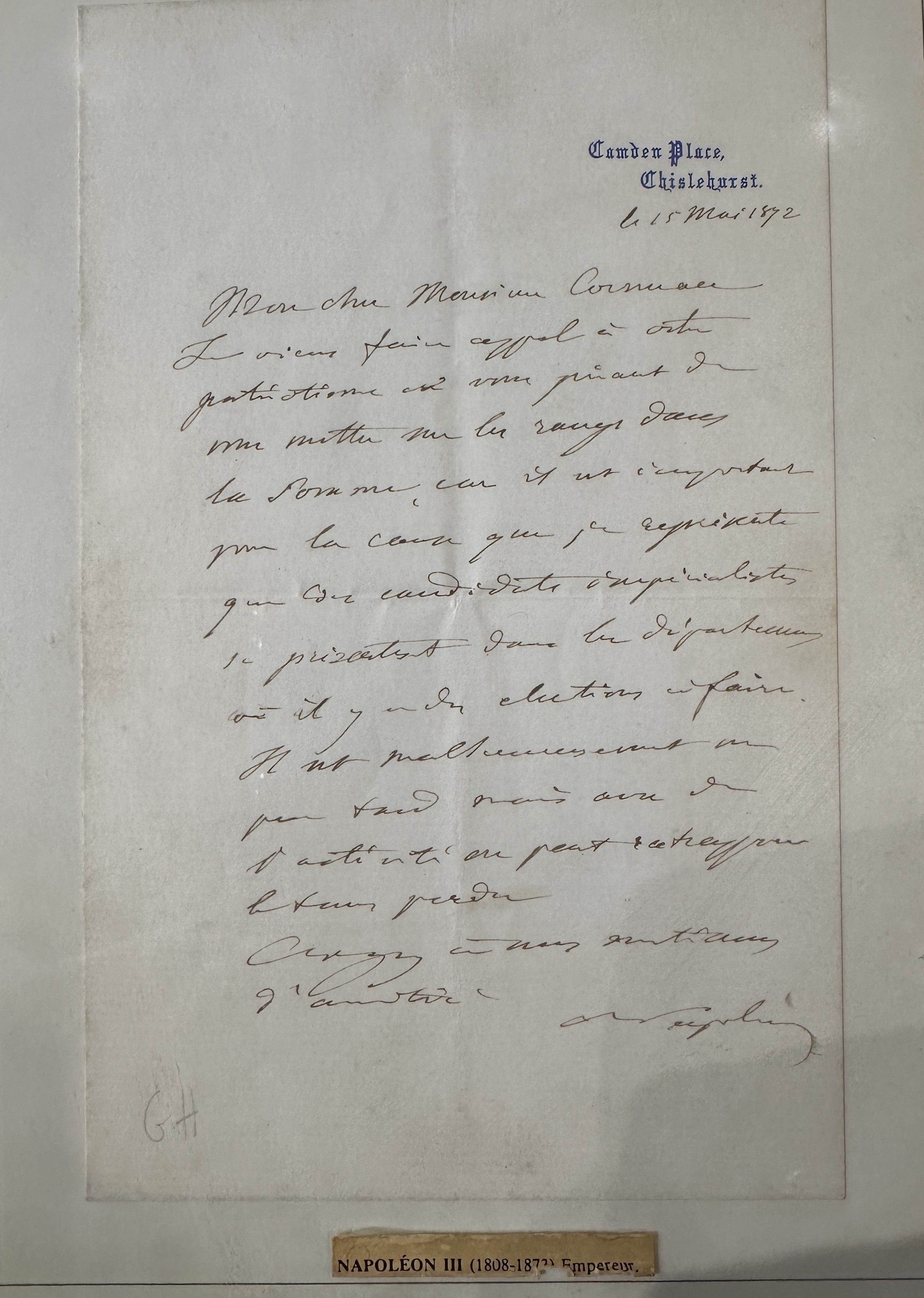
Know the value of a handwritten letter
If you happen to have a handwritten letter, or think you might have one, don't hesitate to request a free evaluation using the form on our website.
A member of our team of experts and certified auctioneers will contact you promptly to provide you with an estimate of the market value of your work, as well as any relevant information about it.
If you're thinking of selling your work of art, our specialists will also be on hand to help you find alternatives for selling it at the best possible price, taking market trends into account.
Response in less than 24h
Related topics

Rating and value of old paintings
Antique paintings are those produced from the Renaissance to the early 19th century. They can be very valuable at auction. Estimate in 24h
Read more >

Rating and value of marine paintings
Marine paintings are relatively unknown to the general public, yet are highly prized at auction. Many collectors seek them out.
Read more >
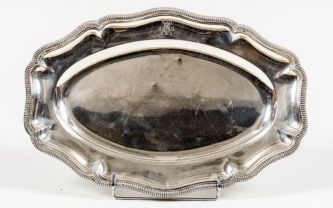
Rating and value 2024 of services, household appliances,...
The Cardeilhac silversmith's firm produced services, household sets and candelabras that are highly valued at auction.
Read more >
Secure site, anonymity preserved
State-approved auctioneer and expert
Free, certified estimates
